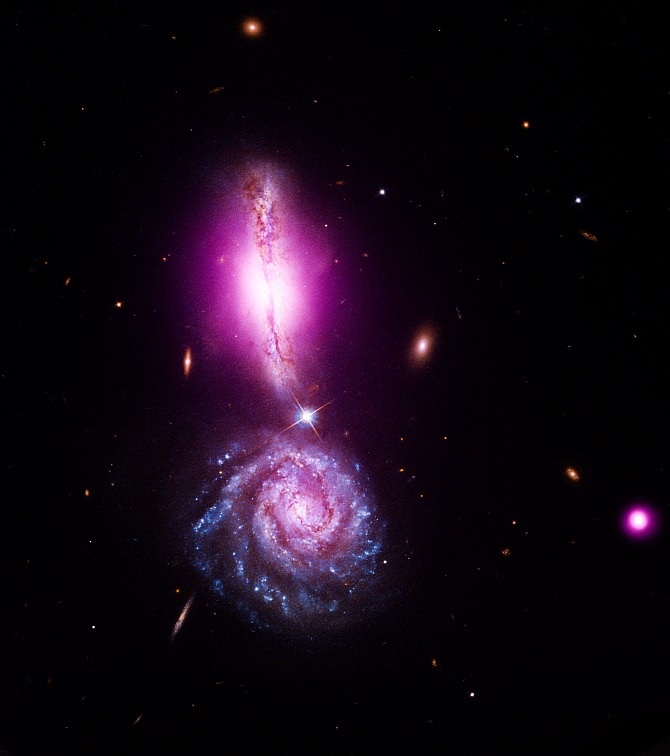
Fifteen years ago, NASA's Chandra X-ray Observatory was launched into space aboard the Space Shuttle Columbia.
Since its deployment on July 23, 1999, Chandra has helped revolutionise our understanding of the universe through its unrivalled X-ray vision.
Chandra, one of NASA's current "Great Observatories," along with the Hubble Space Telescope and Spitzer Space Telescope, is specially designed to detect X-ray emission from hot and energetic regions of the universe.
With its superb sensitivity and resolution, Chandra has observed objects ranging from the closest planets and comets to the most distant known quasars. It has imaged the remains of exploded stars, or supernova remnants and discovered black holes across the universe.
Please click NEXT to read 10 facts about the observatory...
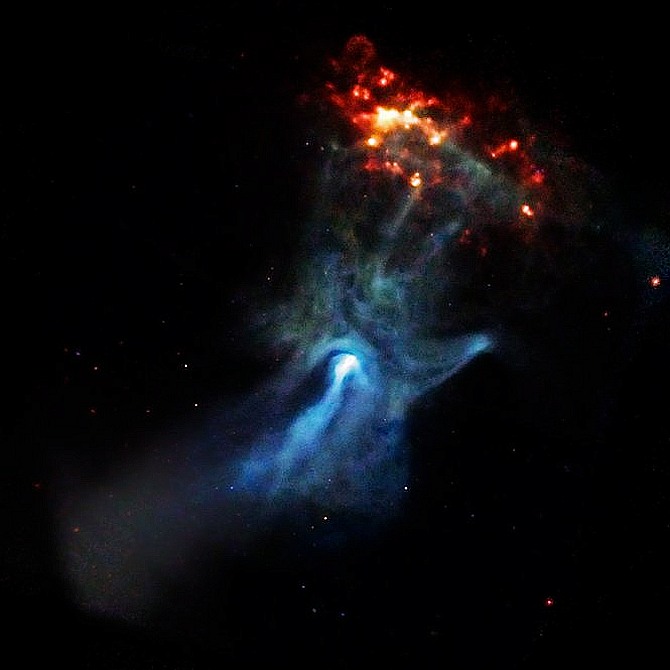
Fact # 1: NASA's premier X-ray observatory was named the Chandra X-ray Observatory in honour of the late Indian-American Nobel laureate, Subrahmanyan Chandrasekhar.
Known to the world as Chandra (which means "moon" or "luminous" in Sanskrit), he was widely regarded as one of the foremost astrophysicists of the twentieth century.
Chandra emigrated in 1937 from India to the United States, where he joined the faculty of the University of Chicago, a position he remained at until his death. He and his wife became American citizens in 1953.
Please click NEXT to read further…
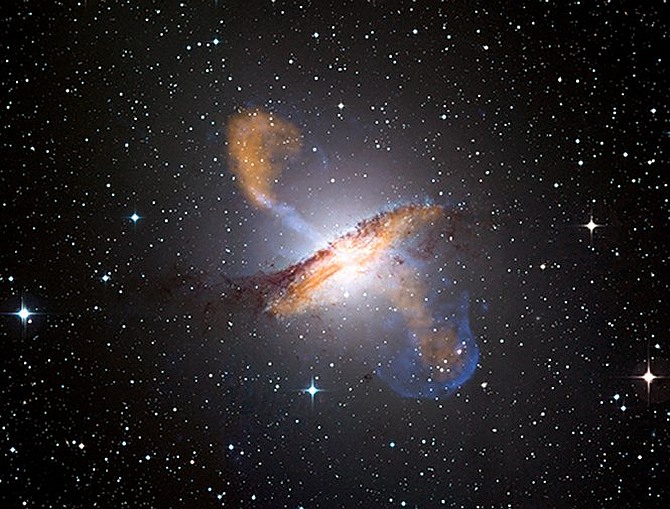
Fact # 2: The Chandra X-ray Observatory is the world’s most powerful X-ray telescope.
It has eight times greater resolution and will be able to detect sources more than 20-times fainter than any previous X-ray telescope.
Please click NEXT to read further…
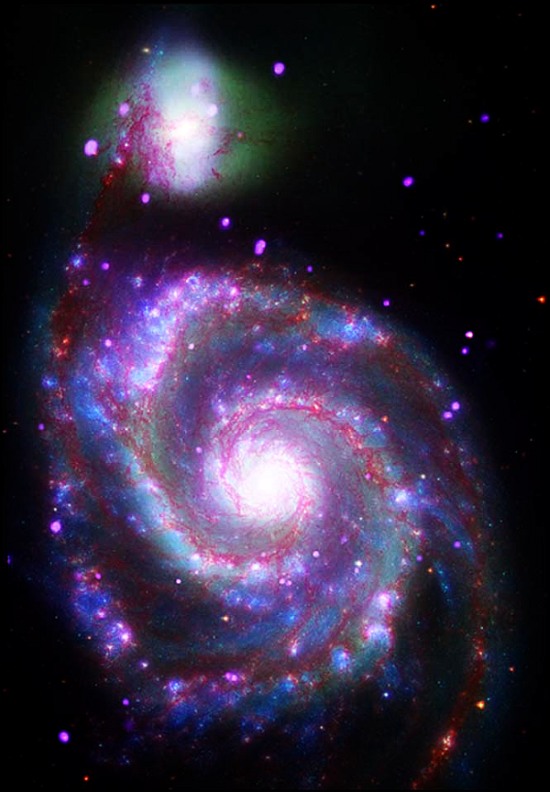
Fact # 3: The Chandra X-ray Observatorys operating orbit takes it 200-times higher than the Hubble Space Telescope.
During each orbit of the Earth, Chandra travels one-third of the way to the Moon.
Please click NEXT to read further…
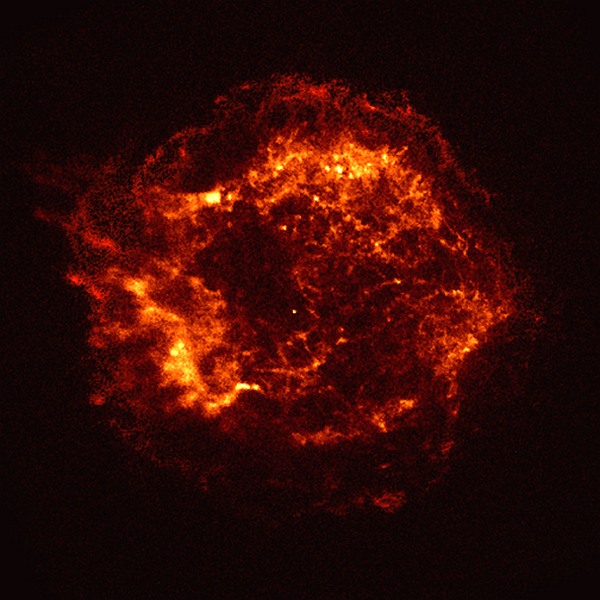
Fact # 4: It took almost four centuries to advance from Galileos first telescope to NASAs Hubble Space Telescope an increase in observing power of about a half-billion times.
NASA's Chandra X-ray Observatory is about one-billion times more powerful than the first X-ray telescope, and we have made that leap in slightly more than three decades.
Please click NEXT to read further…

Fact # 5: The Chandra X-ray Observatory's resolving power is 0.5 arc-seconds -- equal to the ability to read the letters of a stop sign at a distance of 12 miles.
Put another way, Chandra's resolving power is equivalent to the ability to read a 1-centimeter newspaper headline at the distance of a half-mile.
Please click NEXT to read further…
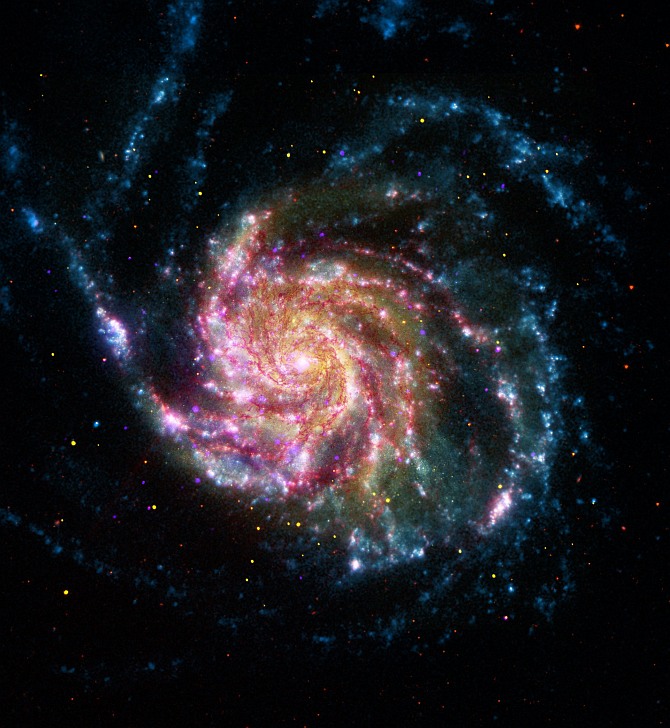
Fact # 6: The Chandra X-ray Observatory, with its Inertial Upper Stage and support equipment, is the largest and heaviest payload ever launched by the Space Shuttle.
Please click NEXT to read further…
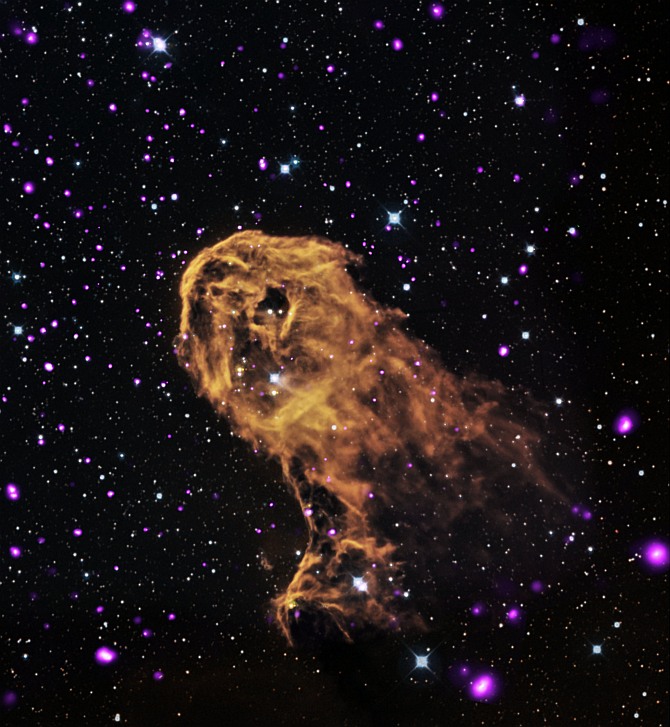
Fact # 7: Although nothing can escape the incredible gravity of a black hole, not even light, the Chandra X-ray Observatory is able to study particles up to the last millisecond before they are sucked inside.
Please click NEXT to read further…
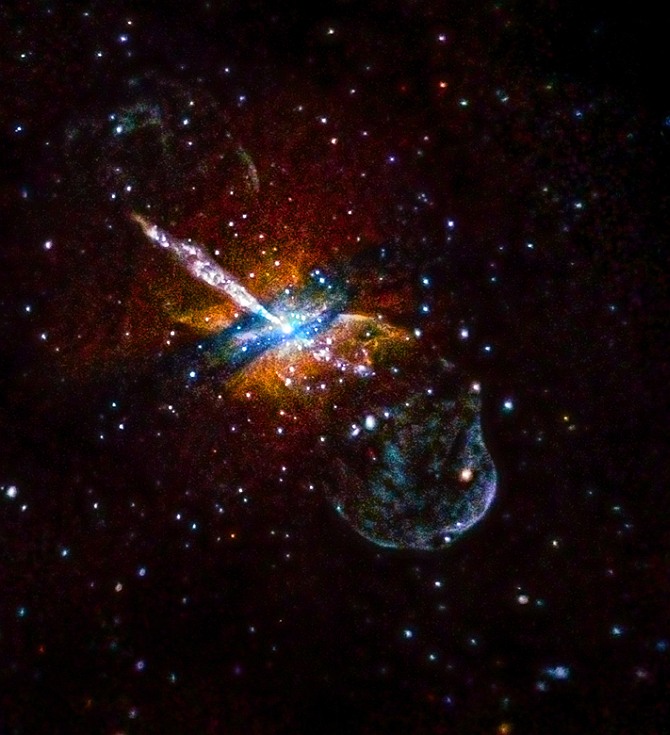
Fact # 8: Chandra orbits far above Earth's X-ray absorbing atmosphere at an altitude up to 139,000 km, allowing for long observations unobscured by Earth's shadow.
Please click NEXT to read further…
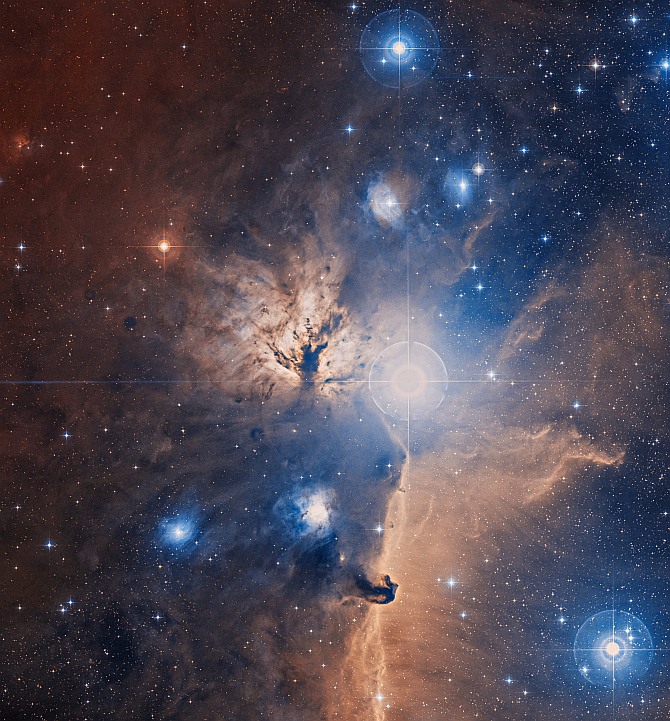
Fact # 9: The Chandra X-ray Observatory allows scientists from around the world to obtain unprecedented X-ray images and spectra of violent, high-temperature events and objects to help us better understand the structure and evolution of our universe.
Please click NEXT to read further…

Fact # 10: Chandra serves as a unique tool to study detailed physics in a unique laboratory -- the universe itself -- one that cannot be replicated here on Earth.
Please click MORE to read related further…